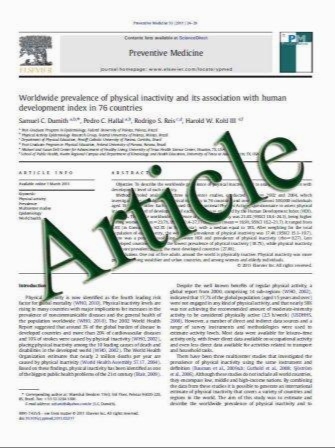Fracture toughness of dental restorative materials
- نوع فایل : کتاب
- زبان : انگلیسی
- مؤلف : Nicoleta Ilie & Reinhard Hickel & Anca Silvia Valceanu & Karin Christine Huth
- چاپ و سال / کشور: 2011
Description
The ability of a restorative material to withstand fracture is of crucial importance especially in stress-bearing area. Therefore, the study aims to analyse the fracture toughness of a large number of dental restorative materials categories. The fracture toughness (KIC) of 69 restorative materials belonging to ten materials categories—micro-hybrid, nanofilled, microfilled, packable, ormocer-based, and flowable resin-based composites (RBC), compomers and flowable compomers, as well as glass ionomer cements (GIC) and resin-modified GIC was measured by means of the single-edge notched-beam method after storing the samples (n=8) for 24 h in distilled water. Data were analyzed with the one-way analysis of variance (ANOVA) followed by the Tukey’s test and partial eta-squared statistics (p<0.05). Large variations between the tested materials within a material category were found. The lowest fracture toughness was reached in the GIC group, followed by the microfilled RBCs, resin-modified GIC, and flowable compomers, which do not differ significantly among each other as a material group. The ormocer-based, packable, and microhybrid RBCs performed statistically similar, reaching the highest fracture toughness values. Between the two categories of flowables—composites and compomers— no differences were measured. The correlation between KIC and filler volume (0.34) and respective filler weight (0.40) was low. KIC increased with the volume fraction of fillers until a critical value of 57%, following with a plateau, with constant values until ca. 65% volume fraction. Above this value, KIC decreased slightly. Due to the very large variability of the fracture toughness within a material type, the selection of a suitable restorative material should have not been done with respect to a specific material category, especially in stress-bearing areas, but by considering the individual measured material properties.
Clin Oral Invest DOI 10.1007/s00784-011-0525-z Received: 14 October 2010 / Accepted: 14 February 2011


